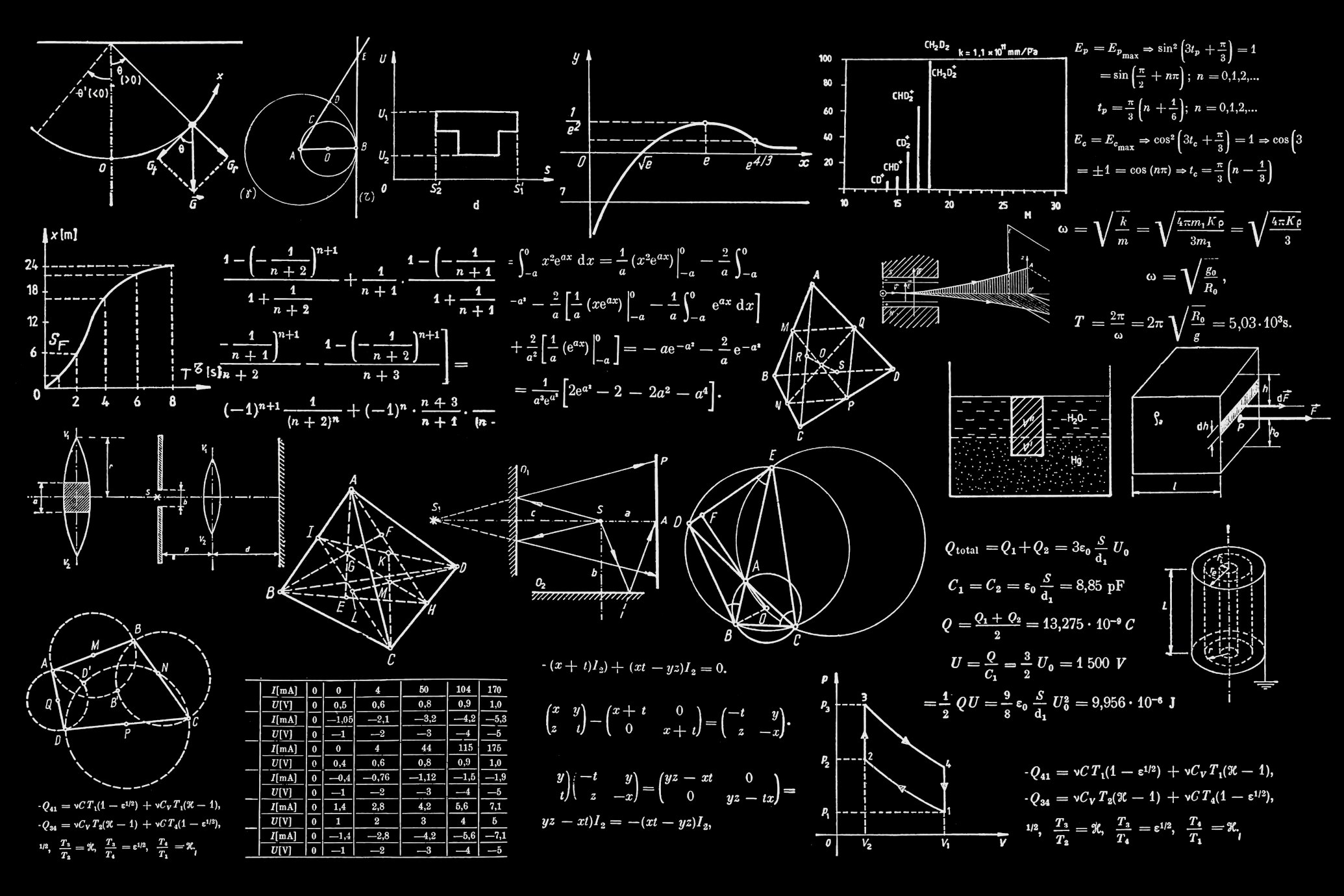Feathered Ascent: How Ground-Dwelling Dinosaurs Took to the Skies
The unbroken thread of evolution from T. rex to modern birds
Article Navigation
Introduction: The Unbroken Thread of Evolution
The extinction of non-avian dinosaurs 66 million years ago is one of Earth's most dramatic turning points . Yet, this story contains a profound twist: dinosaurs never truly vanished. They survive today as birds—the only dinosaur lineage to endure the Cretaceous-Paleogene (K-Pg) catastrophe 2 . This article explores the extraordinary evolutionary journey from T. rex to sparrow, revealing how flight emerged through a cascade of anatomical innovations, behavioral shifts, and ecological opportunities.
Part 1: The Dinosaur-Bird Transition – Key Evolutionary Steps
Anatomical Revolution
- Feathers Before Flight: Feathers first appeared in dinosaurs like Velociraptor for insulation or display, not flight. Exquisitely preserved fossils from China confirm even ground-dwellers sported complex plumage 9 .
- Skeletal Lightening: Over 50 million years, dinosaurs evolved hollow bones, fused clavicles (wishbones), and reduced tails. These changes cut weight while maintaining structural strength 4 7 .
- Sternum Evolution: A keeled sternum (breastbone) anchored powerful flight muscles. Recent 3D scans show this feature expanded dramatically in early fliers like Ichthyornis, enabling sustained wingbeats 4 .

Artist's depiction of the evolutionary transition from dinosaurs to birds.
Theories of Flight Origins
| Theory | Mechanism | Evidence & Challenges |
|---|---|---|
| Cursorial | "Ground-up": Running leaps aided by flapping | Juvenile birds flap wings to climb slopes; Archaeopteryx leg muscles suited for running 7 |
| Arboreal | "Tree-down": Gliding from elevated perches | Archaeopteryx clawed wings for climbing; some dromaeosaurs tree-dwellers 9 |
| Parental Care | Nest protection drove arboreal habits | Precocial to altricial chicks; nesting in trees reduced predation 9 |
Part 2: Recent Fossil Discoveries Reshaping the Narrative
Brain Evolution
PET scans of flying pigeons revealed a 200% spike in cerebellum activity during flight. When applied to dinosaur endocasts, this showed maniraptorans like Troodon had enlarged cerebellums—pre-adapting them for flight coordination 1 .
The "Mysterious Runner" (2025)
Enigmacursor mollyborthwickae, a dog-sized dinosaur from Colorado, had unusually long legs and a lightweight build. Its anatomy suggests it was a swift, bipedal herbivore, highlighting the diversity of small dinosaurs that preceded birds 6 .
Pre-Flight Experiments
Microraptor, a four-winged glider, and Yi qi, a bat-winged dinosaur, reveal failed flight experiments. Their diversity proves flight evolved iteratively 7 .
Critical Fossil Discoveries in Bird Evolution
| Species | Age (Mya) | Significance | Year Published |
|---|---|---|---|
| Enigmacursor | 150 | Lightweight, cursorial body plan | 2025 6 |
| Yandusaurus kin | 160 | Confirms wide distribution of bird ancestors | 2025 6 |
| Ichthyornis | 85 | Sternum keel + dinosaur teeth; key transitional form | 2023 4 |

Fossil evidence continues to reshape our understanding of dinosaur-bird evolution.

Reconstruction of Archaeopteryx, a key transitional species.
Part 3: In-Depth Look: The Pigeon PET Scan Experiment
Unlocking the Dinosaur Brain
In 2024, Stony Brook University researchers pioneered a method to trace flight's neural origins 1 .
Methodology
- Training & Tracers: Pigeons were trained to fly 10 minutes between perches. They received injections of a glucose-like tracer before and after flight.
- PET Scans: Positron Emission Tomography (PET) mapped tracer absorption in 26 brain regions, highlighting energy use (a proxy for activity).
- Fossil Comparison: Brain endocasts from Velociraptor and early birds like Archaeopteryx were digitally compared to pigeon brain anatomy.
Results
- The cerebellum showed a 17.8% activity surge during flight—far higher than other regions.
- Optic flow pathways (linking eyes to movement control) also activated intensely.
- Maniraptoran dinosaurs (e.g., Troodon) had cerebellar volumes 35% larger than earlier dinosaurs, matching flight-ready brains 1 .
Brain Activity in Flying Pigeons (PET Scan Data)
| Brain Region | Activity Increase (Flight vs. Rest) | Function |
|---|---|---|
| Cerebellum | 17.8% | Motor control, balance |
| Optic Lobes | 9.2% | Visual processing |
| Brainstem | 3.1% | Basic functions (breathing, etc.) |
Analysis
This experiment confirmed flight requires exceptional neural coordination. Enlarged cerebellums in bird-like dinosaurs suggest they evolved the "hardware" for flight before wings were fully optimized—a key preadaptation 1 .
Brain Activity During Flight
Key Findings
- Cerebellum most active during flight
- Visual processing critical
- Brainstem shows minimal change
Part 4: The Scientist's Toolkit
Essential Tools for Decoding Dinosaur Flight
| Tool | Function | Example in Use |
|---|---|---|
| PET Scans | Maps brain activity via metabolic tracers | Tracking pigeon flight neurology 1 |
| Laser-Stimulated Fluorescence (LSF) | Reveals soft tissues in fossils | Imaging feather attachment points |
| Endocast Digitization | Creates 3D models of fossil braincases | Comparing Velociraptor/pigeon brains 1 |
| Phylogenetic Software | Models evolutionary trees using trait data | Testing flight origin hypotheses 9 |

PET Scan Technology
Revolutionizing our understanding of dinosaur brain evolution.

3D Digitization
Creating detailed models of fossil specimens.

Microscopic Analysis
Examining feather and bone structures at cellular level.
Conclusion: Dinosaurs Among Us
The K-Pg extinction erased giants like T. rex but spared nimble, feathered dinosaurs—birds—that had already evolved key innovations 2 . Flight likely emerged through a mix of cursorial and arboreal behaviors, supercharged by brain and sternum specialization. As Enigmacursor and pigeon brain scans show, this transition was less a linear leap than a branching exploration of aerial possibilities. Today, with 11,000 bird species thriving, dinosaurs remain Earth's most diverse land vertebrates—a testament to evolution's transformative power.
